services
The ideal patient for XCEL Sports Clinic is a motivated individual interested in taking care of their body now!
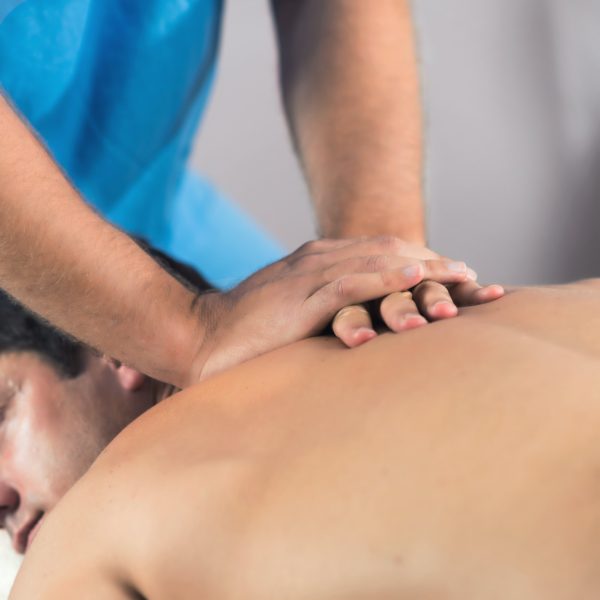
ADJUSTMENTS
The joints in our body are meant to provide symmetrical fluid motion. If a joint isn’t moving properly it puts abnormal stresses on the soft-tissues around it (muscles, nerves, tendons, ligaments, fascia), as well as changes the motion of other joints of the body. This leads to injury, inflammation, pain, and if left untreated, scar tissue.
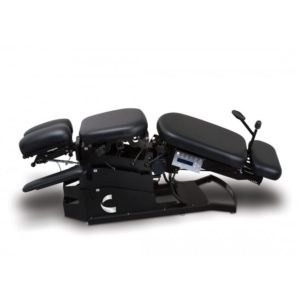
FLEXION-DISTRACTION
Flexion distraction is a gentle Chiropractic technique that involves the use of a specialized table that gently distracts or stretches the spine, while allowing the chiropractor to isolate the area of disc involvement. The spine is gently flexed and distracted in a pumping rhythm. The tractioning or distraction of the spinal segments including the disc, combined with isolation and gentle pumping of the involved area may allow the central area of the disc, the nucleus pulposus, to assume its central position within the disc. Flexion-distraction is thought to improve disc height and restore motion to the spinal joints. These actions move the disc away from the nerve and surrounding structures, reducing inflammation and eventually the associated pain and inflammation. This is a very effective treatment for disc related symptoms such as sciatica or pain in the leg and foot.
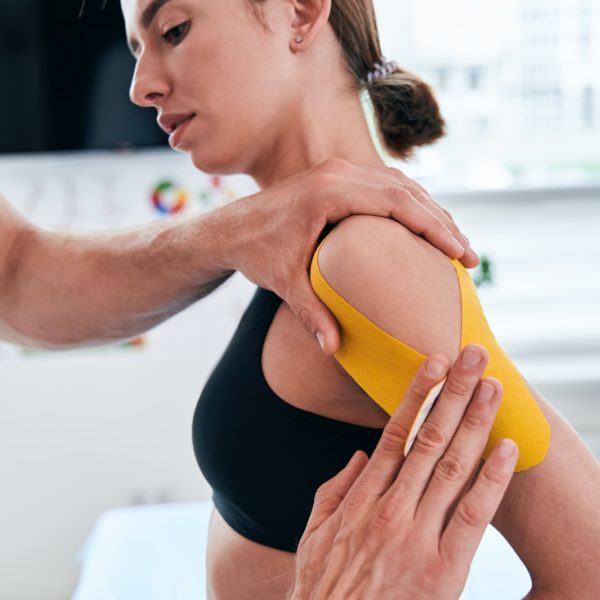
INSTRUMENT ASSISTED SOFT TISSUE MOBILIZATION
Simply put, tools are used to find, break down, and restructure disorganized soft-tissue. Adhesions and scar tissue caused by trauma, over-use, or misuse of our muscles and joints can drastically change the biomechanics of our bodies. These tools are used to stimulate the affected muscles, tendons, ligaments, and fascia creating a controlled microtrauma within the tissue. This creates a cascade of healing effects on the cellular level which increases vascularization, fibroblast proliferation, and collagen synthesis, while reducing unnecessary scar tissue. The collective use of IASTM to heal tissues and exercises to build strength is extremely effective at decreasing pain and restoring function.
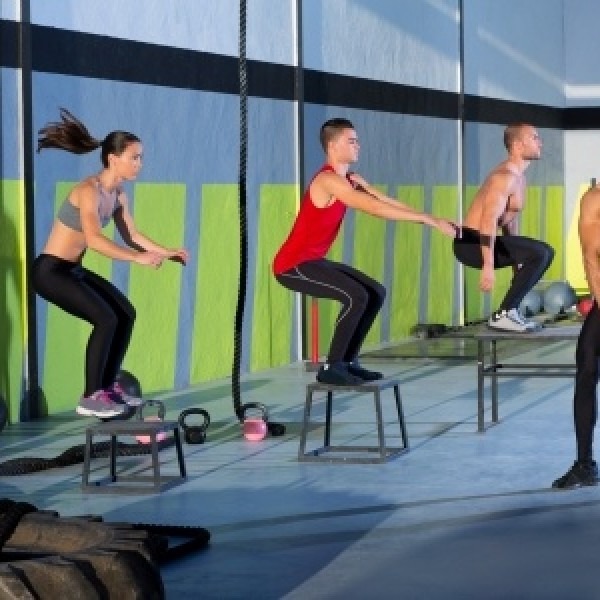
CORRECTIVE EXERCISES
Corrective exercises are a vital part of the rehabilitation process because they help to correct muscle imbalances and promote symmetrical range of motion. This is important to help remove undue stresses on joints and surrounding soft-tissues.
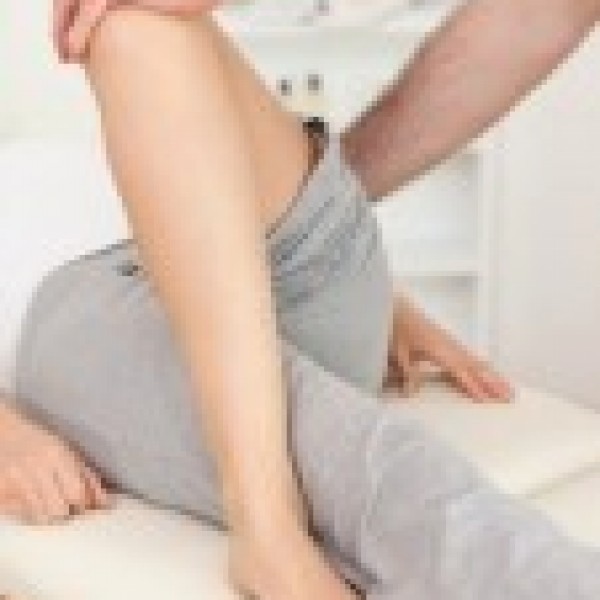
PROPRIOCEPTIVE NEUROMUSCULAR FACILITATION STRETCHING
Proprioceptive Neuromuscular facilitation (PNF) is a stretching technique that stimulates and activates the nervous system in order to achieve maximum active and passive range of motion. PNF Stretching can aid in the return of normal flexibility to specific joints and gross movements with restricted flexibility. It can also help to correct muscle and fascial imbalances. This is important for normal day-to-day activities as well as athletic performance.
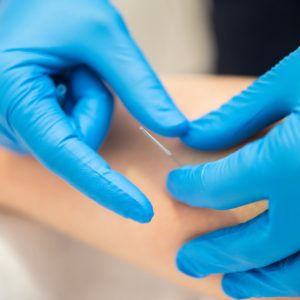
DRY NEEDLING
Dry Needling, based on the foundation of modern Western medicine, uses a needle to stimulate the physical soft-tissue structures as well as trigger a biochemical physiological response in the tissues and nervous system to help restore homeostasis and promote self-healing. The insertion of a needle has been shown to have both local and systemic (full body) effects, which can be beneficial for both acute and chronic soft-tissue conditions.
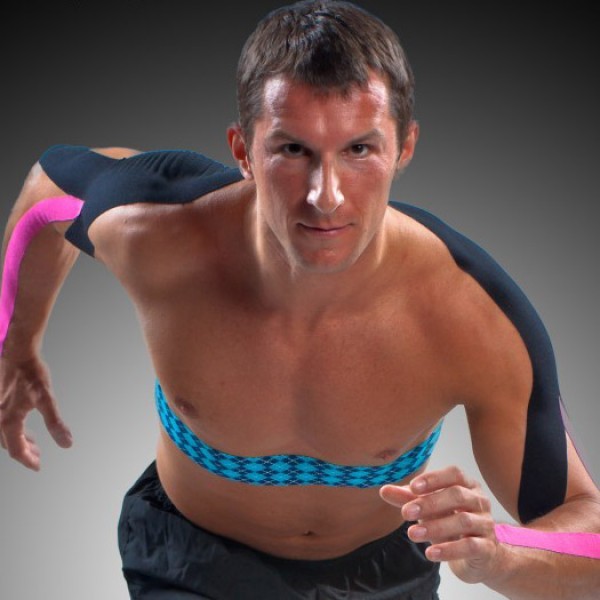
KINESIOLOGY TAPING
Kinesiology taping creates a synergistic affect when combined with other types of treatment to help stabilize the insulted tissue/joint, promote functional range of motion, and stimulate sensory receptors. It also creates a decompression affect, which lifts the skin away from the underlying muscles, fascia, nerves, and vessels to help decrease pain and inflammation. (RockTape)
